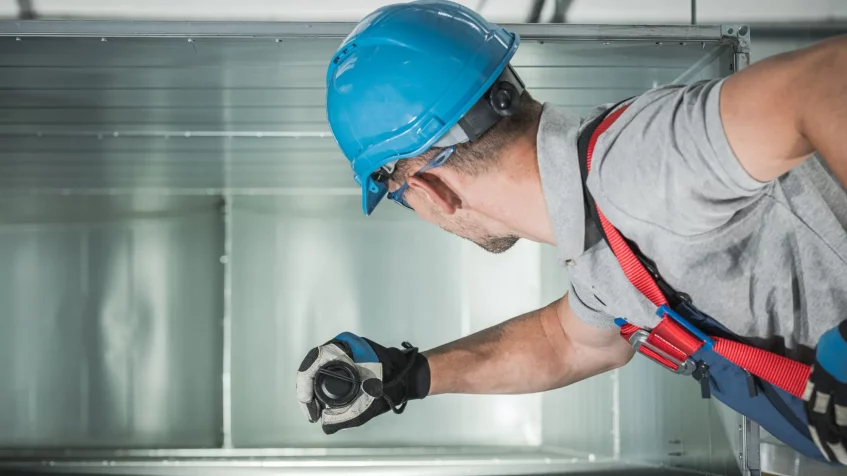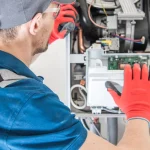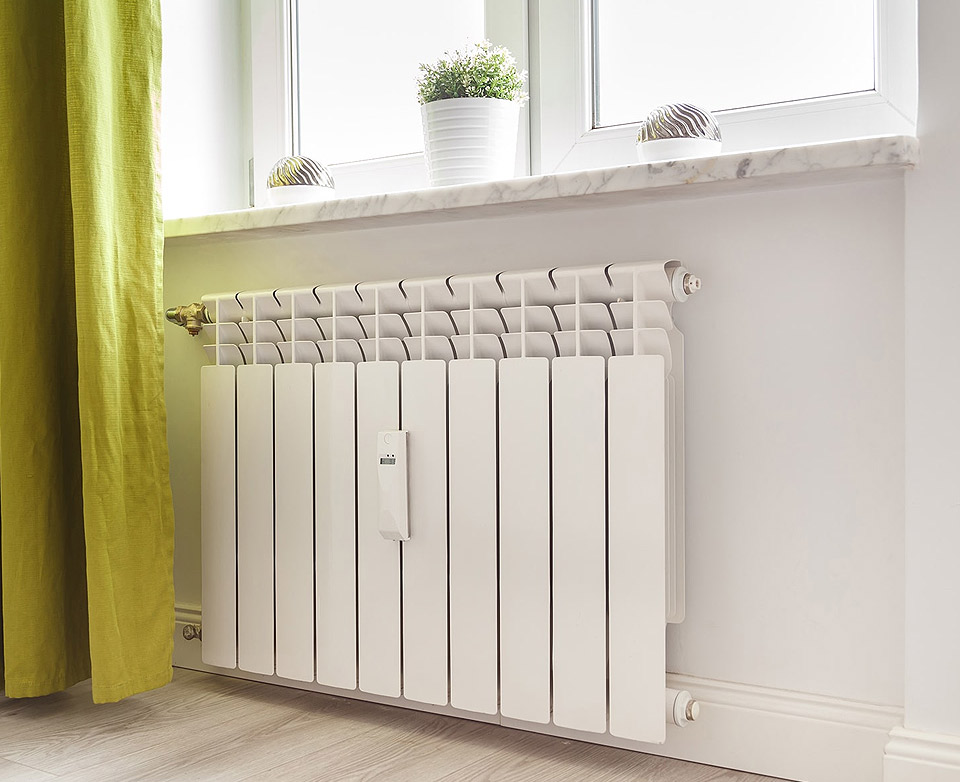
Heat Recovery Ventilators (HRVs) vs. Energy Recovery Ventilators (ERVs): What’s the Difference?
In the realm of home ventilation, two terms that often pop up are Heat Recovery Ventilators (HRVs) and Energy Recovery Ventilators (ERVs). While both serve the common goal of improving indoor air quality, they do so with distinct approaches. In this blog post, we’ll unravel the mystery behind HRVs and ERVs, exploring their differences, similarities, and helping you decide which ventilation solution might be the missing piece for your home comfort puzzle.
Understanding the Basics: What is Ventilation?
Before we dive into the specifics of HRVs and ERVs, let’s grasp the essence of ventilation. In simple terms, ventilation is the process of exchanging indoor air with outdoor air to maintain air quality. This exchange ensures a constant supply of fresh air while expelling stale air, pollutants, and excess moisture.
Now, let’s introduce the stars of our show – HRVs and ERVs.
Heat Recovery Ventilators (HRVs)
HRVs are the unsung heroes of energy-efficient ventilation. Their primary function is to transfer heat from outgoing stale air to incoming fresh air. In winter, as your heating system warms the indoor air, the HRV captures the heat before it’s expelled. This captured warmth is then transferred to the incoming cold air, ensuring that your home doesn’t lose precious heat during the ventilation process.The beauty of HRVs lies in their simplicity. They’re like the wise elders of home ventilation – reliable, effective, and with a straightforward mission: preserving your home’s energy while maintaining air quality.
Energy Recovery Ventilators (ERVs)
Now, enter ERVs, the dynamic siblings of HRVs. ERVs not only manage temperature but also handle humidity. In addition to transferring heat, ERVs recover moisture from the outgoing air and transfer it to the incoming air. This dual functionality is particularly beneficial in climates where both heating and cooling are essential throughout the year.Picture ERVs as the multitaskers of the ventilation world, gracefully juggling temperature and humidity to ensure your indoor environment remains comfortable and balanced.
Key Differences
*1. Humidity Management: The fundamental difference between HRVs and ERVs lies in their approach to humidity. While HRVs focus solely on heat transfer, ERVs go the extra mile by managing both temperature and humidity. This makes ERVs more versatile in regions with varying climate conditions.
*2. Climate Considerations: Consider your local climate when choosing between HRVs and ERVs. If you reside in an area with extreme temperature fluctuations throughout the year, an ERV might be the more suitable choice due to its ability to manage both heat and moisture.
*3. System Complexity: ERVs, with their added functionality, tend to be slightly more complex than HRVs. This complexity can result in higher initial costs and potentially increased maintenance requirements. However, the long-term benefits of enhanced comfort may outweigh these considerations.
Benefits of HRVs and ERVs
*1. Improved Indoor Air Quality: Both HRVs and ERVs ensure a constant supply of fresh air, reducing the concentration of indoor pollutants and enhancing overall air quality.
*2. Energy Efficiency: By capturing and transferring heat (and in the case of ERVs, moisture) between incoming and outgoing air, both systems contribute to energy conservation, ultimately reducing heating and cooling costs.
*3. Comfortable Living Spaces: The efficient management of temperature and humidity by ERVs leads to more comfortable and balanced indoor environments. This is particularly noticeable in climates with drastic seasonal changes.
Installation and Maintenance
Installing HRVs and ERVs requires professional expertise. A thorough assessment of your home’s ventilation needs, as well as considerations for the local climate, is essential. Professional installers can recommend the most suitable system for your specific requirements and ensure proper installation.Routine maintenance is key to the longevity and optimal performance of both HRVs and ERVs. Regular checks, including filter replacements and cleaning of ventilation components, are relatively simple tasks that contribute to the efficiency of these systems.
Choosing the Right System for Your Home
When deciding between HRVs and ERVs, it’s crucial to assess your local climate, your home’s heating and cooling needs, and your budget. If you live in an area with extreme temperature fluctuations and are keen on managing both heat and humidity, an ERV might be the ideal choice. On the other hand, if simplicity and energy efficiency are top priorities, an HRV could be the perfect fit.Remember, the goal is to strike a balance between comfort, energy efficiency, and cost-effectiveness. Consulting with HVAC professionals can provide valuable insights tailored to your specific circumstances.
In the grand theater of home ventilation, HRVs and ERVs play starring roles, each bringing its unique strengths to the performance. Whether you opt for the simplicity of HRVs or the versatility of ERVs, the ultimate goal remains the same – to create a comfortable, healthy, and energy-efficient living environment. So, as you contemplate the differences between HRVs and ERVs, consider your climate, your comfort preferences, and let these ventilation maestros bring a breath of fresh air to your home.










